
Branding is a word that seems to have one day—POOF—appeared out of the ether. In fact, when I began blogging in 2006 almost no one in publishing used the term. The rare few who did were hard-pressed to properly/clearly define what a ‘brand’ was.
In fact, many authorities believed authors didn’t need to be bothered with silly passing fads like ‘the Internet’ and ‘social media’ until about 2013. Why would authors need to build a brand?
All a writer needed was a good book. Facebook will last a year at best.
Yep.
Today, in 2019, the words ‘brand’ and ‘branding’ seem to be tossed around daily. Everyone and everything is or has or needs a brand. What’s funny is that branding might seem completely new, yet has been around since…people.
Granted how important a brand is, the need for one as an author, etc. is a fairly recent development. Yes, we need to craft excellent books (product) but we also must begin building our author brand EARLY.
***As in the first day we believe we might one day want to sell a book.
Ah, but calm down. There’s a lot of confusion regarding what a brand actually is. Many assume ads, marketing, and promotional campaigns are ‘branding.’
Yeah…no.
We can build a brand, but alas we cannot buy one. There are no shortcuts. Ads, promotion, marketing can help expand an existing brand, but cannot be substituted for one.
This approach is akin to believing a Japanese robot-wife is the same as a real human wife. In some areas of life, shortcuts end up a) a waste of time b) a bigger waste of money c) a remake of Blade Runner.
Branding Basics
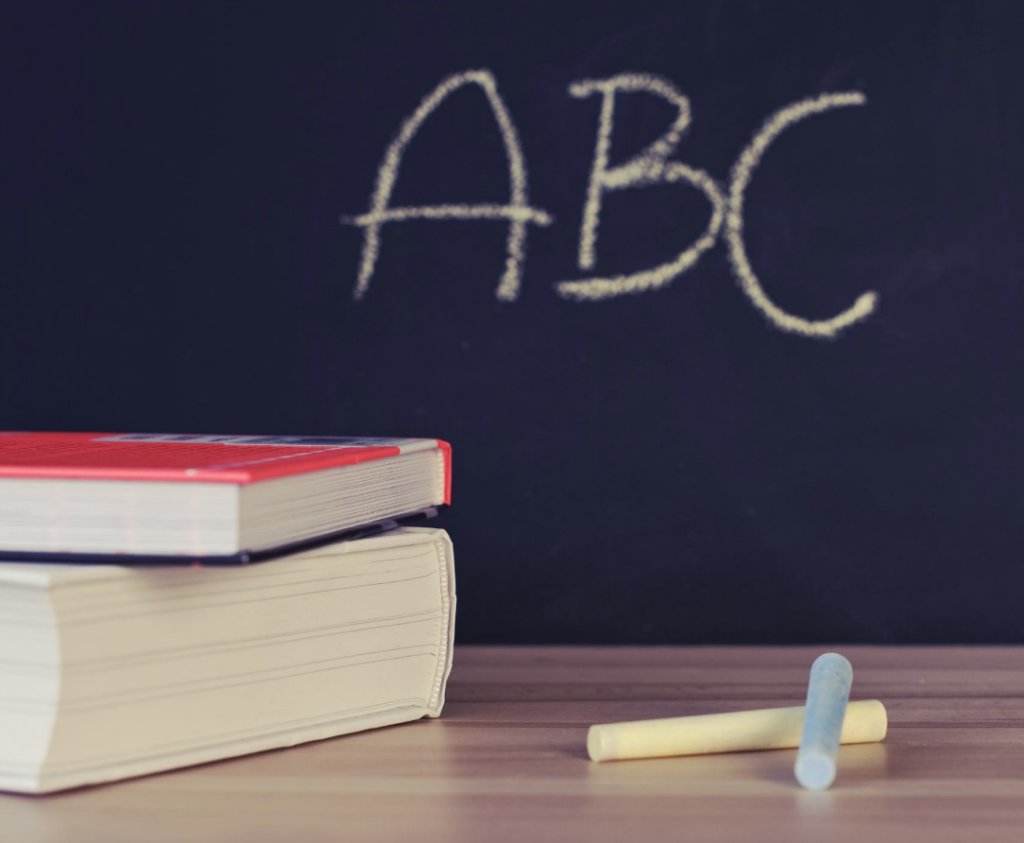
I wrote my book Rise of the Machines—Human Authors in a Digital World to be evergreen information. In my POV, social media changes daily, but humans never change.
Just read Shakespeare or look at your ex’s Facebook page *rolls eyes*.
That’s why my social media/branding guide focuses a lot more on the science behind what creates what we recognize as a brand.
What captures our attention? What turns us off? What renders a brand invisible (thus a non-brand)? What habits/behaviors can ruin a powerhouse brand that once seemed bulletproof?
How can one brand launch into the stratosphere with little to no budget when another fails miserably no matter how many millions of dollars are poured into ad campaigns and celebrity endorsements?
Obviously, my book delves into far more detail about the science behind branding. But a little common sense goes a long way.
Thus, today we’ll simply touch on why our everyday on-line behaviors collect into a larger pool we call ‘author brand.’
First…
Branding is NOT New
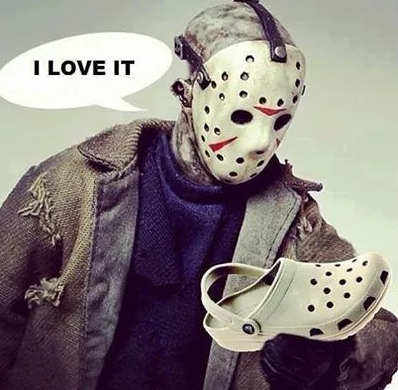
The thing is, humans have always had a ‘personal brand.’ Branding, in its simplest form, is what descriptors we attach to another person. It’s that person’s story.
It’s an innate habit we use to organize and transition the fuzzy and inchoate into the dramatic and memorable.
Branding is simply an extension of story.
That guy/that gal is too amorphous for us to remember. It also doesn’t provide enough detail for us to know how we should respond.
But, ‘That guy who’s been married four times, loves hunting, and collects sports cars’ provides a narrative (a story) that will either resonate or repel depending on the audience.
Humans dig labels, now more than ever before. It’s how we make our increasingly larger world somewhat manageable.
Thus, people we ‘know’ are frequently tethered to a variety of descriptors—vegan, sports enthusiast, triathlete, cat lady, Cowboys fan, craftsy person, the comedian, etc.
There’s the perfect, put-together Pinterest moms and then there’s me….

This, in a nutshell, is ‘branding.’ Humans have been doing this ‘branding’ thing since the dawn of time. The only difference in a ‘personal brand’ and an ‘author brand’ is that the ‘author brand’ should eventually drive book sales.
Also, branding is now more vital than ever before because of the sheer volume of information, people, choices, etc.
This is why author brands are essential, since a brand is basically a beacon drawing people (readers) to something they find familiar and that they already know they like.
Here is where science comes in handy.
The Neurological Shortcut
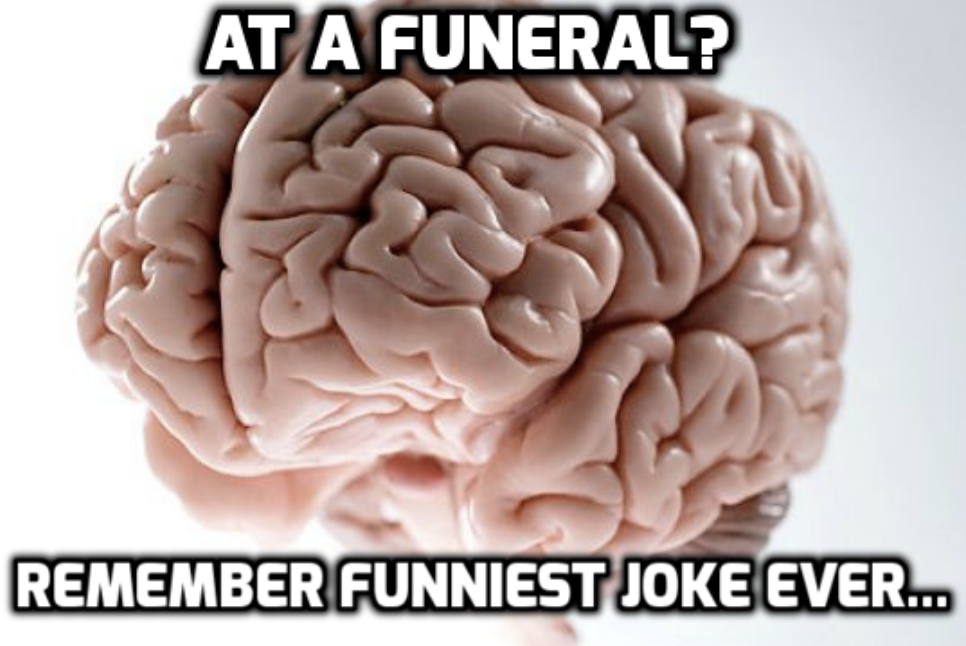
Our brains are remarkable organs that have the ability to adapt to our environment. Before the invention of the written word, our memory centers were far larger because we had to pass down information orally.
In fact, if you took an fMRI reading of a tribesman from some isolated Amazonian tribe, his brain would look and act very differently from yours or mine.
With the advent of the written word, our memory centers shrank but we gained even larger areas for abstract thinking. This was around the time we start seeing major explosions in science and engineering.
#Pyramids
Now we’re in the Digital Age, and we’re bombarded with stimuli. Internet, television, radio, smart phones, pop-ups, etc. etc. We’ve lost our stellar memory centers and our ability to focus for long periods of time and have gained an unprecedented ability to multitask.
Our brains must process massive amounts of information faster than ever before.
Think about it. We see ads on Facebook all the time. Or do we? Our brains have literally learned to un-see. We cannot manage all the input.
So, if we (authors) are eventually going to advertise our books, how do we make our content visible?
Branding with Intention

Since our brain is much like a computer processor, it must come up with ways to effectively manage all this input in order to maintain efficiency. To do this, it relies on what are called somatic markers.
Somatic markers are neurological shortcuts and are one of the most primitive functions of the brain because they are uniquely tied to survival and procreation. It’s the same shortcut that tells us the stove is hot.
We don’t need to sit and ponder the stove. We likely learned when we were very small not to touch.
To give you an idea of how somatic markers work, let’s do a little exercise. Is there a perfume or cologne you can smell and it instantly transports you back in time?
Maybe to that first love or even *cringes* that first heartbreak? A song that makes you cry?
Perhaps there is a food you once ate that made you sick and even though there is no logical reason you shouldn’t eat it now, the mere thought of eating it makes you queasy.
These are somatic markers. When it comes to branding, somatic markers are vital.
The Pepsi Challenge

If you are around my age or older you can remember The Pepsi Challenge. For years, Pepsi had been trying to gain an edge over Coca Cola, which had dominated the soft drink industry for generations.
Pepsi—figuring it had nothing to lose—came up with the idea of setting up a table in stores and shopping malls and encouraging people to take a blind taste test.
The results were astonishing…to Pepsi more than anyone.
In a blind taste test, people preferred the taste of Pepsi. Coca Cola was rattled by this news.
They performed the same test and it turned out, people preferred the taste of Pepsi…and this led to brilliant ideas like ‘New Coke’ which was one of the most epic brand failures in business history.
Why did New Coke fail?
Coca Cola reformulated to make the drink sweeter. In blind taste tests, New Coke was a clear winner. So then why did it tank so badly?
Somatic markers.
What Happened? New Coke, ‘Old’ Brains
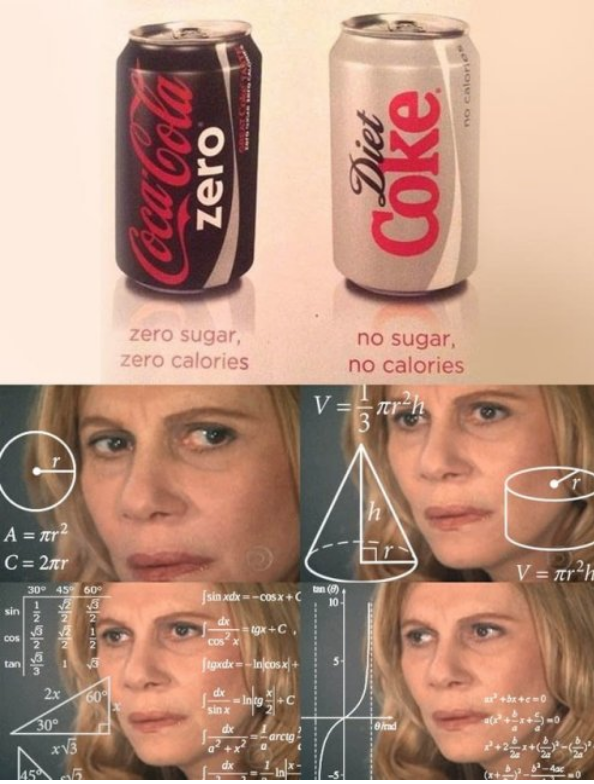
Years later, neuroscientists decided to see if they could demystify what happened in The Pepsi Challenge.
They conducted the exact same experiment, only this time they hooked participants up to an fMRI machine so they could witness what areas of the brain lit up.
They held the taste test the same way it was conducted in the 70s—a blind taste test. To their amazement, participants preferred the taste of Pepsi in almost the exact same numbers.
According to the fMRI, the ventral putamen, the area of the brain that tells us something tastes yummy, lit up like Vegas.
*Some have speculated that when it is only a sip, people will prefer the sweeter drink.*
The ‘Human Factor’ in the Brand Equation
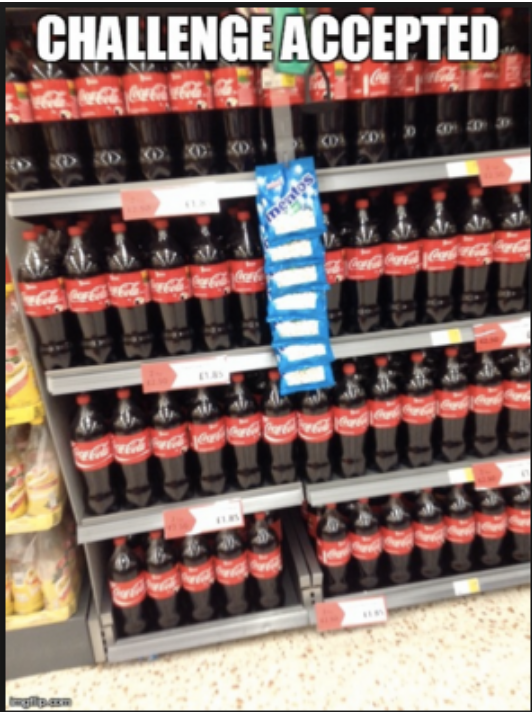
The scientists then decided to try something a bit different. They did the test again, only this time they told the participants what they were drinking. This time, Coca Cola won BIG.
Ah, but something strange happened in the brain.
Not only did the ventral putamen light up, but so did the prefrontal cortex, the area of the brain associated with emotion and memory.
See, when it was based on taste alone, Pepsi won. But, when the brands were compared, Coca Cola won. The human brain was in a wrestling match between two very different regions—taste and emotions.
Coca Cola had the advantage because of the vast reservoir of fond memories associated with the brand. In short, Coca Cola had a STORY for sale.
Norman Rockwell Americana, cute polar bears, I’d Like to Buy the World a Coke, every BBQ, summer vacation, rollerskating parties, Friday nights with pizza and on and on all were part of the Coca Cola arsenal.
The fond memories (positive somatic markers) associated with the brand literally changed the taste and gave Coca Cola the winning edge.
Somatic Marker Meets Baader-Meinhof Phenomenon
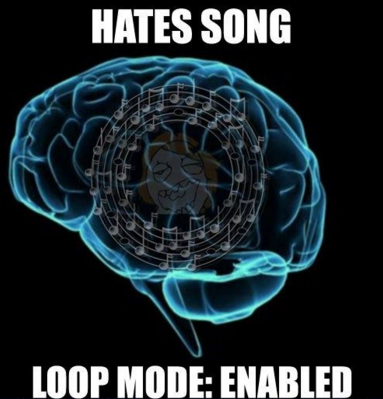
Ever run into a term you KNOW you’ve never heard in your life, then hear it at least four more times in the next week? Or see something you know you’ve never seen before, then suddenly it’s everywhere? Reverse-harems? Punk-Rockabilly-Zydeco? Kombucha?
I’d never heard of Bikram Yoga until a friend told me about it and then…it was everywhere. Following me with sweaty mats…and Kombucha O_O .
The Baader-Meinhof phenomenon is also known as the frequency illusion or the recency illusion.
At first glance, one might think this is why it’s a great idea to automate everywhere! Churn out lots of ads! Exposure! The more people see me, my name, my face, my book, the BETTER!
Not so quickly.
The Baader-Meinhof phenomenon seems to kick in strongest when there’s some kind of an emotional response tethered to the ‘thing.’
Interestingly, the stronger the emotional response (positive or negative), the more likely we will see that car, food, book, name, that we suddenly believe is now everywhere, surrounding us.
Ah, but when it comes to OUR brand, what emotional response are we creating? Are people seeing our name because of some good encounter?
Or do they see it and silently rage because we keep crapping up their feeds with automation? Are we all take and no give?
Ads That Pop-Up vs. Ads That POP
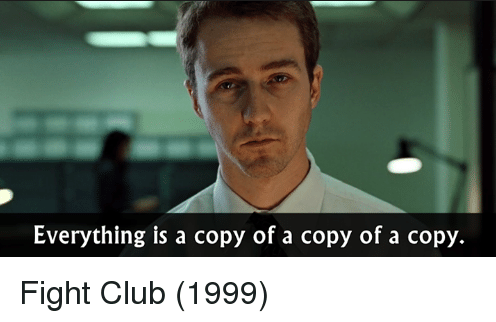
We see ads all over. More than ever before in human history, which is why our brains are getting so clever with shortcuts. Most ads we literally do not see.
I could take any random person and have them click through twenty pages of BuzzFeed memes and they’ll remember the memes (emotional), but are unlikely to remember most of the ads plastered all along the sides.
Though most ads will be invisible, some are not. Some might even leap off the page. Why?
What makes us ‘see’ that advertisement?
When we have a highly positive or vastly negative experience, we’re far more likely to notice the ad.
If we see an ad for a book, we may or may not notice. But what about an ad for a book written by someone we know?
Someone perhaps we talked to and liked? The ad practically leaps from the page. We might even buy it because we SAW her ad and OMG! I know her!
Ads alone have very little power to compel a purchase. But, couple them with a brand (story/narrative/emotional experience), and the odds of a sale greatly improve.
This is why ads and promotion alone do very little to impact sales. Until there is a narrative (emotion) attached to the name?
It’s expensive white noise.
Ah, but what’s worse than a non-brand? A poisoned brand. If our brand is the story connected to our names (and by association our books), there can be nothing worse than the toxic brand.
The Biggest Loser Brand Fail
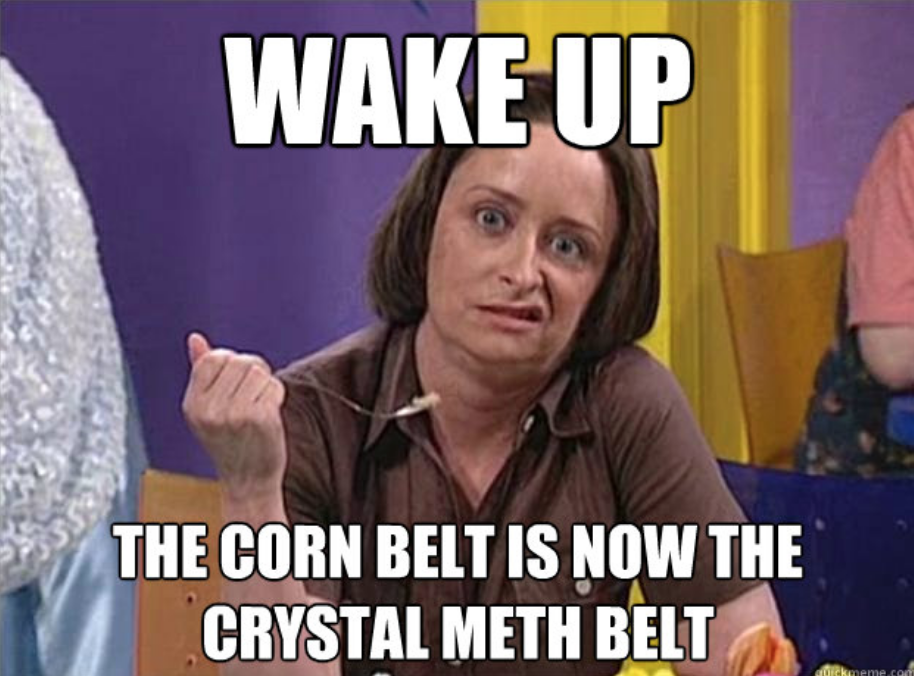
The biggest brand fail I witness is how much authors underestimate the power of social media behavior and its consequential impact on their author brand.
Social media is a massive part of our everyday lives. Everywhere we go, we see people fixated on smart phones, posting pics, messaging friends. Humans are wired to be social, so if you want to know where all the readers are? They are on-line.
***Whether this is good or bad is for another post entirely.
This said, we must appreciate that this isn’t 2008, the age before smart phones, a time when only early adopters lurked on Twitter and MySpace.
Back before roughly 2015, the largest and strongest part of the author brand happened to be the books (because a book is roughly 15 hours of interaction with the author’s ‘voice’).
But now? When people are constantly checking in with their favorite social site(s)? How we ACT and treat other people is the biggest part of the brand. It doesn’t matter how well we write, how awesome our books are, or how cheap we make our product.
If we poison our brand with too many negative somatic markers, we can devastate our brand, regardless how well we write, and the reason is this:
The most powerful somatic marker of ALL is the negative one (namely because it’s intrinsically woven into our very survival).
This is why that tuna salad that gave you food poisoning fifteen years ago still makes your stomach heave just thinking about it. Your body is warning you that this food might kill you (even though logically, you know this tuna salad is fresh).
The primordial brain doesn’t care about logic. Lizard-brain is ALL emotions and experiences and these experiences have a MASSIVE impact on our brand.
There are authors I used to preorder their books. Now? I wouldn’t accept a book of theirs even if it were free.
Why? Because they forgot that people are watching, that flesh and blood humans are on the other side of that screen.
Their ranting, raving, complaining, spamming, name-calling, and trolling comments eventually added up so many negative experiences that there was pretty much no way to counter the effect.
Brands are no longer just about the books.
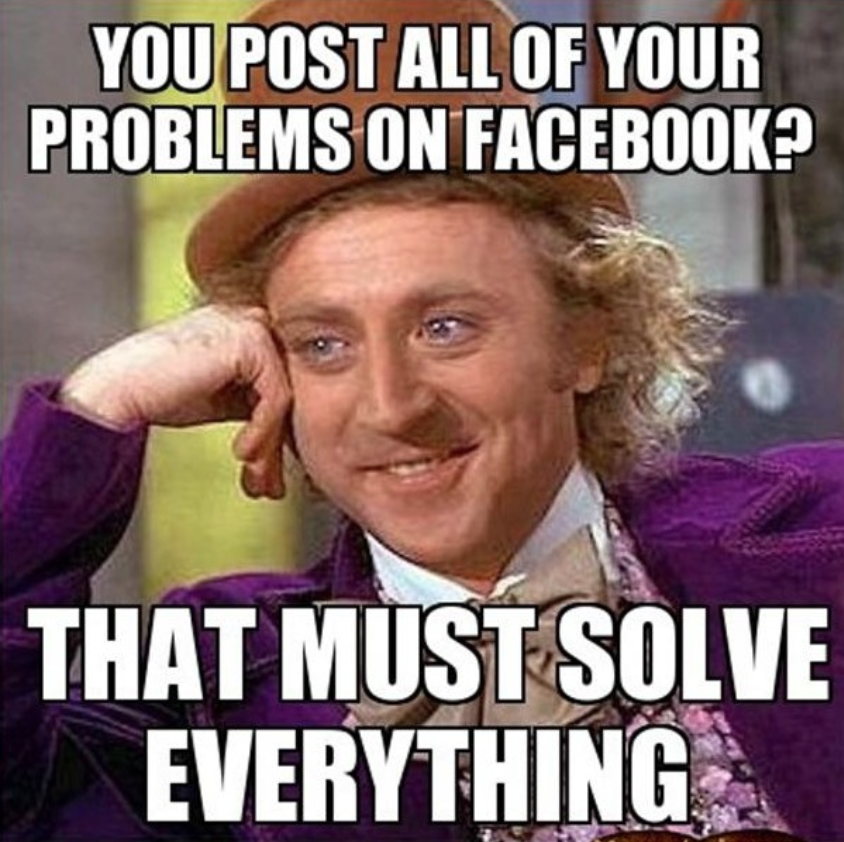
Books are vital, but what elements are we adding to our story (our brand) when we’re online? When people see our content do they smile, laugh, feel good, want to share the fun? Or do they feel bullied, depressed, overwhelmed, targeted, or defensive?
Colin Shaw’s blog ’15 Statistics that Should Change the Business World but Haven’t’ collected some interesting stats that I’d like to share:
It takes 12 positive experiences to make up for one unresolved negative experience. – ‘Understanding Customers’ by Ruby Newell-Legner.
A dissatisfied customer will tell between 9-15 people about their experience. Around 13% of dissatisfied customers tell more than 20 people. – White House Office of Consumer Affairs.
70% of buying experiences are based on how the customer feels they are being treated. – McKinsey.
When we’re on social media…
Everything Matters
Every post, comment, retweet adds to the story that is our author brand.
People might not remember exactly what we say, but they’ll always remember how we made them feel. In an age where audiences are flooded with too many choices, they’ll default to who they know, who they like, and who consistently makes them FEEL the best (loads of positive somatic markers).
Does this mean we can’t express opinions, that we need to be a cute kitten meme factory and Pod Person? Not at all. My advice is we’re wise to promote what we love instead of bashing what we hate.
For instance, if I’m a vegan and post ’12 Reasons Vegans are Sexier’ on Facebook, then fellow vegans will experience a positive somatic marker.
Those followers who aren’t vegans likely won’t react at all (a neutral somatic marker) because I’ve not placed them in the crosshairs of an attack. In fact, the non-vegan followers might even SHARE my post with vegan friends and family. And if not?
No big deal because we’re all still friends who can agree that we can be friends without being clones.
Keeping the ‘Social’ in Social Media

Now that y’all have had a Neuroscience 101 crash course—and I guarantee you will see Baader-Meinhof OR Kombucha at least three times in the next week—let’s get down to what’s most essential.
Branding is all story.
It’s a collection of emotional experiences that tie our name to some set of descriptors (hopefully positive ones). This is why automation can’t substitute for hopping on-line and talking to people. It’s why the Golden Rule still rules and why YES, goofing off on Facebook and posting kitten videos counts as branding.
Eventually, with love, care and nurturing, followers can become friends and even FANS.
So have fun. Relax. Show up. Be present and engage authentically. Go write great books and enjoy the people you meet along the way.
Coming UP!
If you want to know more about author branding and how to cultivate your own unique story that will attract your unique audience, I’m teaching some killer classes (and remember ALL our classes come with a FREE recording with purchase):
Branding: When Your Name Alone Can Sell
This THURSDAY. Use Brand10 for $10 off. My goal is to teach you how to build a brand so powerful your NAME sells books so you don’t have to. More writing and less *gags* marketing.
Spilling the TEA: Blogging for Authors
Blogging is a powerful way to build an author brand and also make a great income doing what we love…writing. Use Tea10 for $10 off.
As for craft I have a COMPLETELY NEW CLASS!
The Art of Character: Writing Characters for a SERIES
Next Tuesday!
How do we create characters that readers will fall in love with, characters strong enough to go the distance? Find out in this THREE-HOUR class that also comes with detailed notes and a character-building template. Use Binge10 for $10 off.
This class dovetails with my previous class, Bring on the Binge: How to Plot and Write a Series (NowON DEMAND). Use Binge10 for $10 off.
Also, one of my partners in crime, Maria Grace has a totally new craft class THIS FRIDAY!
Populating Planet X: Character Building for Science Fiction
How do we craft human stories when our characters might not be human? Science fiction relies on technology and world-building, but ultimately all great stories are people stories. Use tinfoil10 for $10 off.
This class relates directly to More than Crop Circles: Intro to Science Fiction On Demand. Use tinfoil10 for $10 off. It also ties directly to Not in Kansas Anymore: Science Fiction World0Building On Demand. Use tinfoil10 for $10 off.
Come join all the nerdy fun! See y’all in class!








17 comments
3 pings
Skip to comment form
Fantastic!
Finding the somatic markers of readers is something I really struggle with.
I have not been able to find something that told my potential audience “Hey, if we miss that book, we are doomed!”
I’ll just keep diggin’.
Cheers
It’s a shame some authors feel the need to do such things as endlessly complain and spam others or even reduce themselves to name calling and trolling. It becomes rather tedious and is a real turn-off as well as being unprofessional. Since reading your book and taking your classes, I’ve learned to have fun with branding and it is much more rewarding. Thank you Kristen! 🙂
Tried to register. Tried to use the discount code I just got today in email, and it said it was invalid. Is this class full?
Author
No. The code didn’t activate. Try again. Just a tech glitch.
Excellent post! Love that there is a name for that phenomenon – Baader-Meinhof – I’m sure I WILL be seeing it everywhere!
What a fascinating post! Knowing the science behind why people connect with your brand…or don’t, is so helpful. Thank you so much! I guess I’ll keep posting ridiculously positive content. I can’t help it and at least I won’t offend anyone:)
Author
Oh you’ll probably offend someone somewhere but the world is in need of more positivity. We get enough doom and gloom.
That’s for sure!
Kristen–you consistently offer well- and wittily-written posts that offer writers real information. Thank you. But this one’s depressing: I have a strong aversion to feelings overwhelming thought. I know everything you say here is grounded in scientific evidence. But I don’t think science can offer much help for how someone like me goes about stifling his nature in order to be more appealing to readers through chest-thumping displays of torment or joy.
Author
But you aren’t. It’s about being authentic. If you are a deep thinking philosopher, then your novels likely reflect that personality. Just because someone posts meaty subjects or thoughts doesn’t mean they are creating a bad experience. What we are emulating on-line is a similar experience (hopefully) in our novels. Are our stories all happy all the time? No, but we are creating pleasurable memories.
I have on-line friends who post interesting articles, facts, quotes, images that are unique to their subject matter (e.g. history). But this hopping online to troll everyone in sight is just a bad idea. I am not a fan of an author not having any social media because that is a non-brand. But it’s better than a negative brand because who wants to buy from a bully?
Even people who DO write, say, political books. I remember being a huge fan of a couple writers back in the 90s but over time they were so pompous and mean-spirited that, though I agreed ideologically, I found their opinions expressed in such poor taste I no longer bought or read their books.
The point of this post is to take the pressure off. No, we don’t need to be entertaining 99% of the time. We don’t need fancy ad campaigns. Just go on the social site you enjoy the most and be pleasant. It’s about a world that respects authenticity but also needs more kindness, and to never underestimate small acts of kindess day after day. And don’t hide who you are, unless you are a mean-spirited bully 😛 .
This was an informative read. I’ve known about the term branding but some of the case studies and information provided, I’ve not had.
Great post! I have shared it widely.
Nice article. Makes branding feel less like manipulation and more like having fun, being myself, and enjoying my readers and subscribers. Thanks!
Author
Who knew, right? LOL. Yeah manipulating people is no fun. If your social media isn’t fun, you’re doing something wrong 🙂 .
Fascinating post. Someday I’ll sign up for one of your classes. You make things understandable without making them dull. The Branding one seems interesting.
Good point. Some of my social media efforts are just that — efforts. Good to know that the platforms that are fun for me are the ones to gravitate toward.
“People might not remember exactly what we say, but they’ll always remember how we made them feel.” I love the way you expressed that.
[…] Branding & The Brain: How Social Media Changes but People Never Will […]
[…] much outreach is online these days, it can be dizzying. Kristen Lamb discusses branding on social media, Cristian Mihai explains how to make friends with other bloggers, Kim Lochery has the complete […]
[…] Kristen Lamb takes a lengthy deep-dive into the relationship between branding and human behavior, specifically the psychology behind it in […]